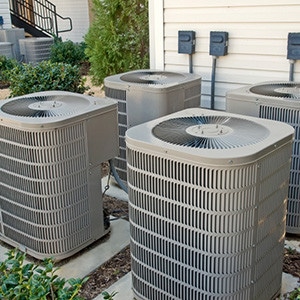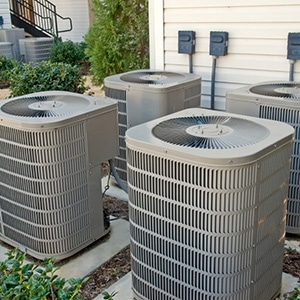
Need for energy efficient air conditioners
— August 13, 2014Energy Efficient AC Systems
An attempt has always been made by human beings since millennia to keep themselves cool, but before the development of modern air conditioning systems the efforts were unsuccessful. From soaked doormats to the water-powered fans – people tried everything. With the help of refrigerant, hot, cool, dry air was circulated in machines. When Stuart Cramer understood the importance of controlling heat and humidity in his textile mill, he came up with the word ‘air conditioning‘ in 1906. Till 1969, air conditioners underwent a drastic change.
The National Appliance Energy Conservation Act made it mandatory in 1987 to follow minimum energy efficiency requirements for refrigerators and freezers for room and central air conditioner. This set standards for the air conditioner units meant saving power. In the same year, there was a demand to phase out CFC refrigerants as it were harming the ozone layer. The Montreal Protocol served as an agreement to carry out this process.
Each air conditioning unit has to follow an efficiency rating called ‘Seasonal Energy Efficiency Ratio’ (SEER) – total annual cooling output divided by its total annual energy input. According to the Act, the efficiency standard was set to SEER 13. After 7 years, it was reduced to SEER 10, which meant 30% progress in energy efficiency. This meant one could save energy more than $300 per year. Older energy efficient air conditioners had a SEER rating of 10 or less.
Split System Air Conditioners
The efficiency standards were set for a fluorescent lamps in 1988 and the Energy Policy Act was signed in 1992 that added new efficiency standards for a certain kind of lamps, electric monitors, cooling and heating equipment. The Energy Policy Act made it mandatory for commercial air conditioners too.
Between 1990 to 2000, energy efficiency standards on appliances reduced the utility bills by approximately 50 billion dollars. Since 2000, the U.S. carbon emission from fossil fuel has been 2%. It is estimated that consumers will be able to save $186 billion dollars between 1990 to 2030.
From January 1, 2015, the split system air conditioners in the southeastern region of the U.S. should be 14 SEER. There are many models in the market that meet SEER standards or may have higher values, as high as 23. The SEER rating is shown on a black and yellow Energy Guide sticker stuck on the air conditioner. Following the energy efficient AC standards means fewer utility bills, less energy consumption, less pollution and better health.



Leave a reply